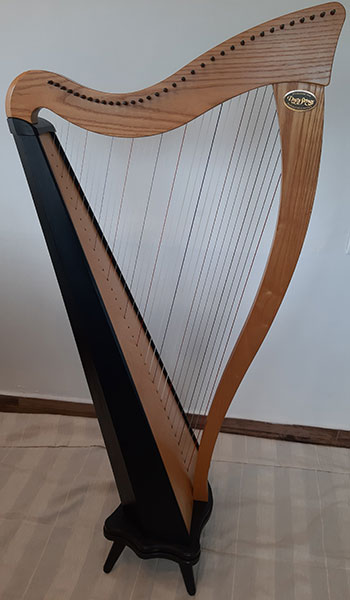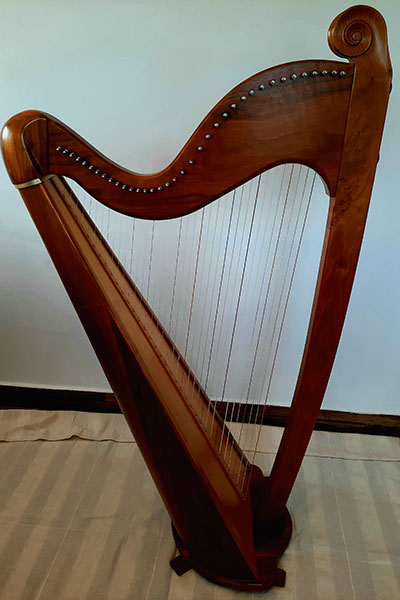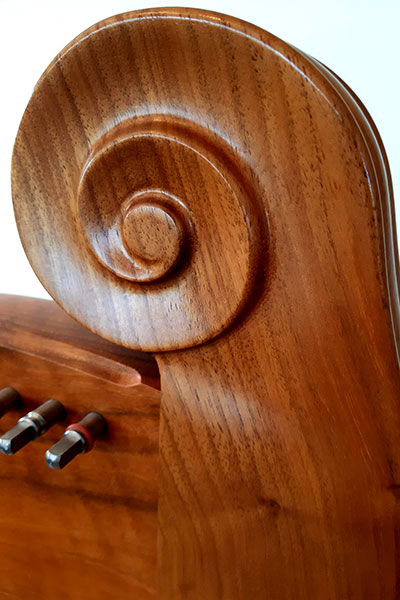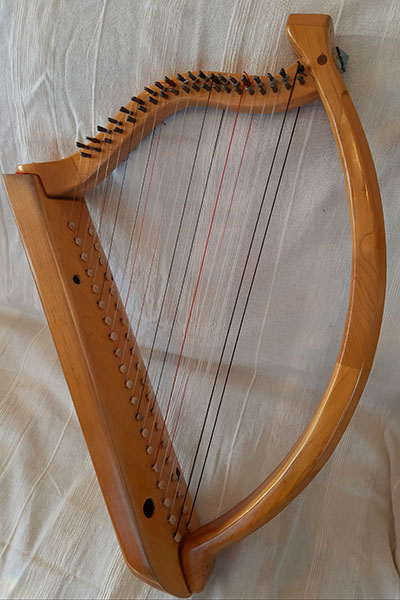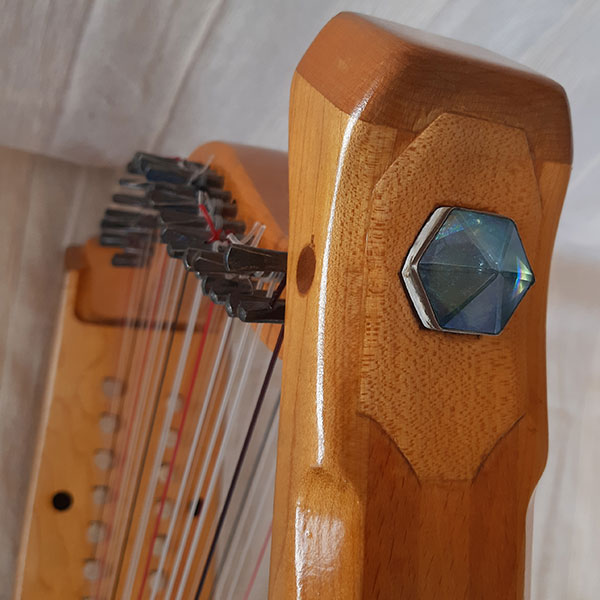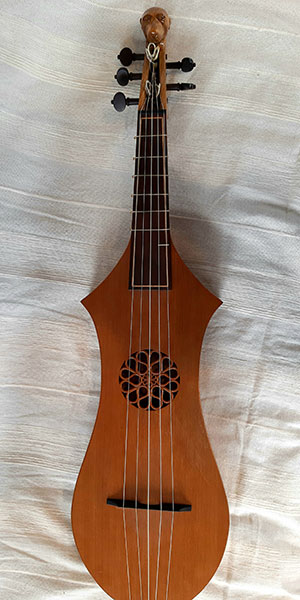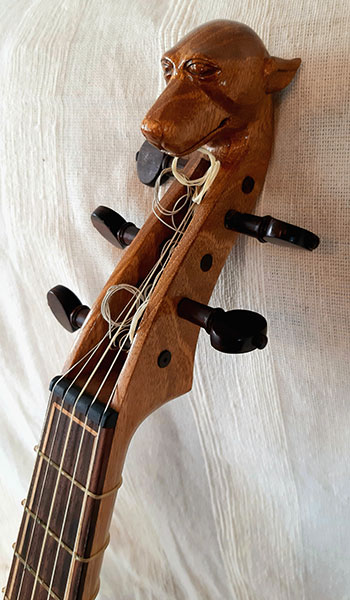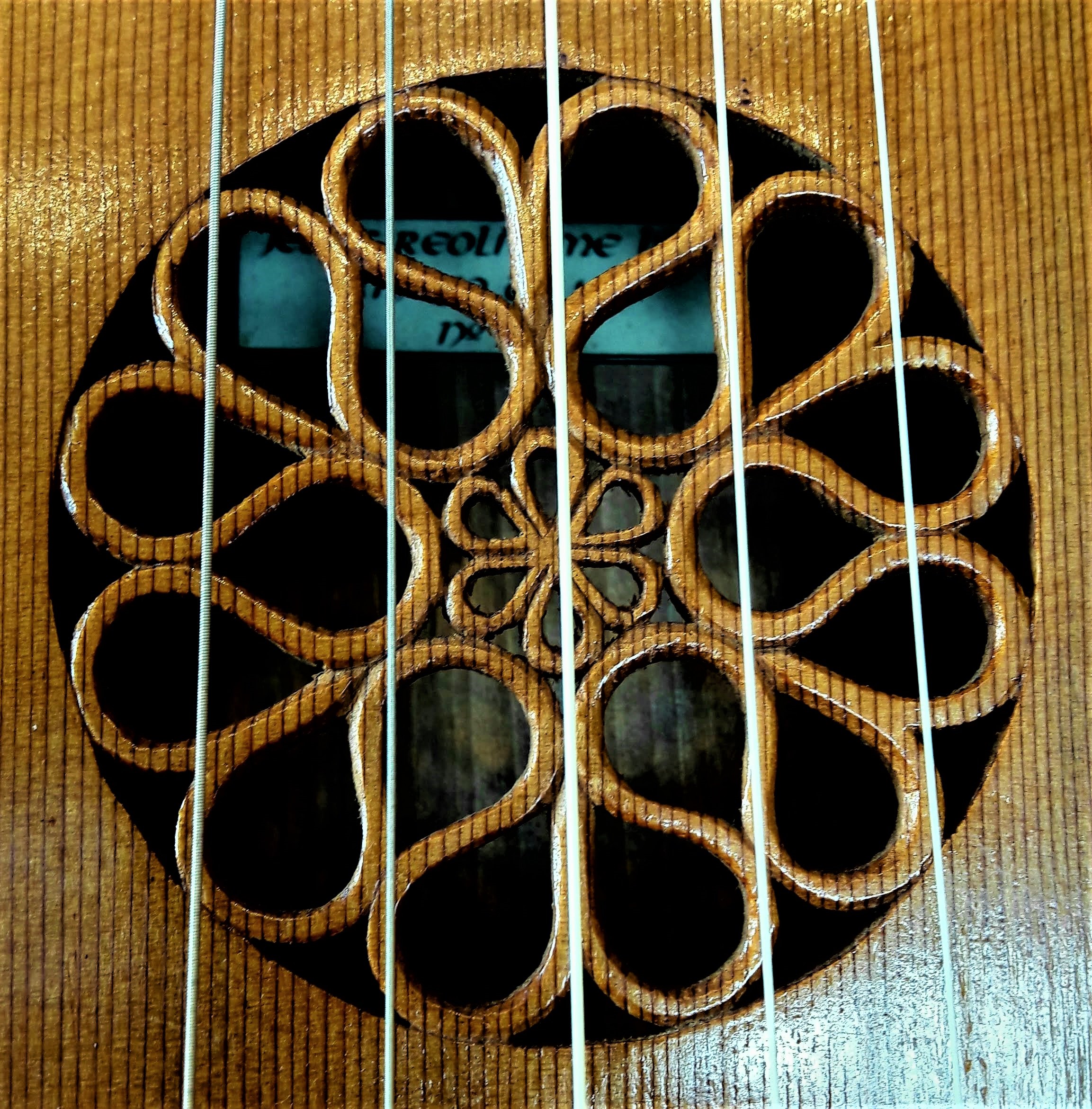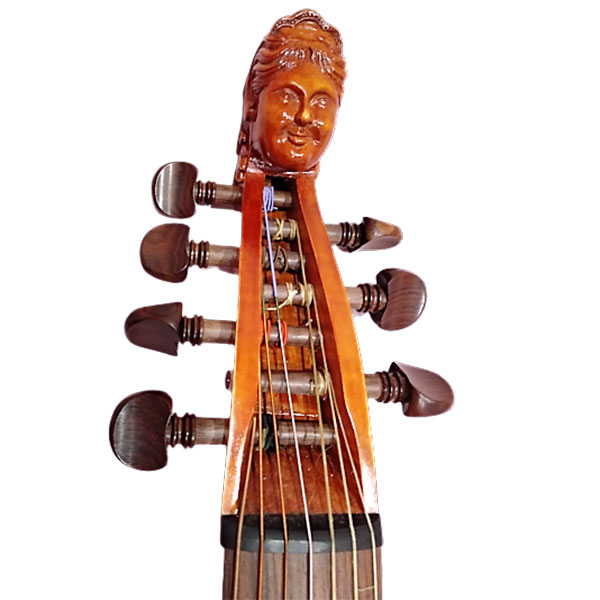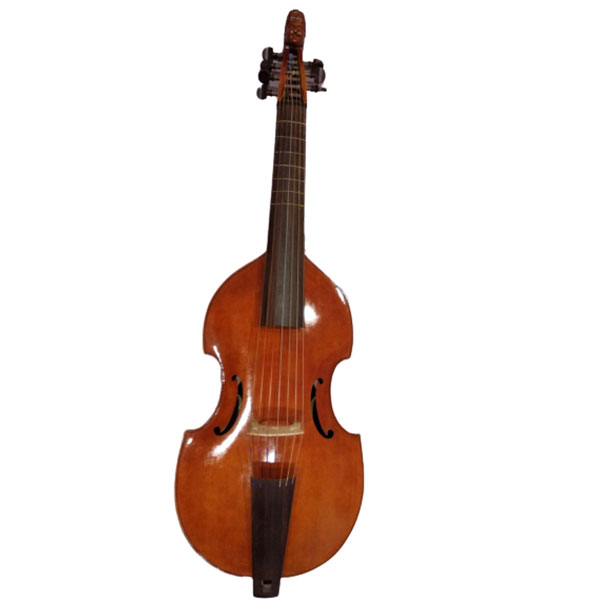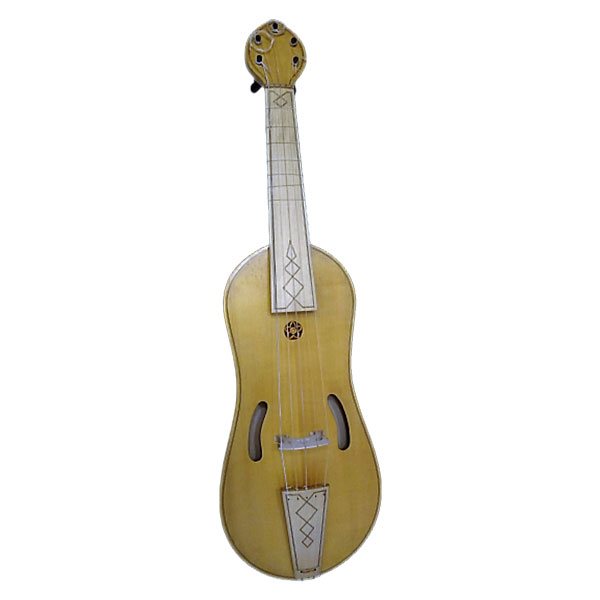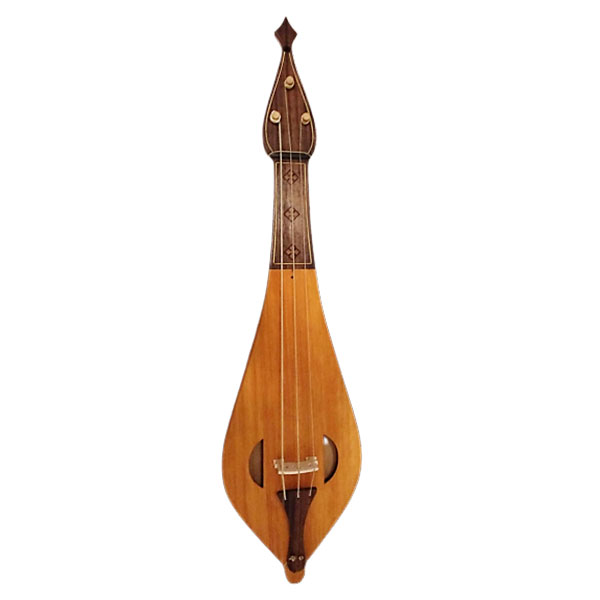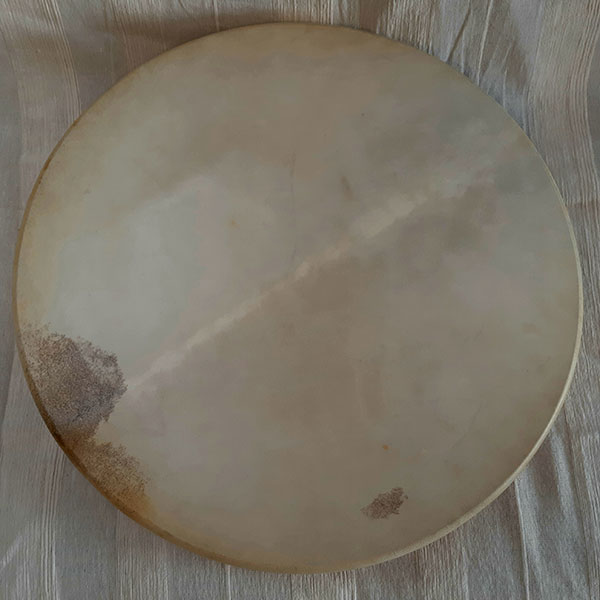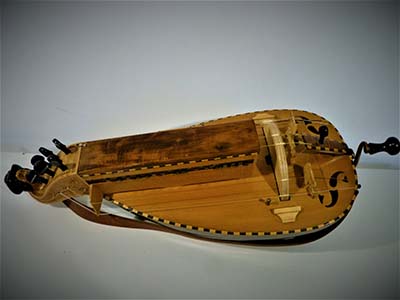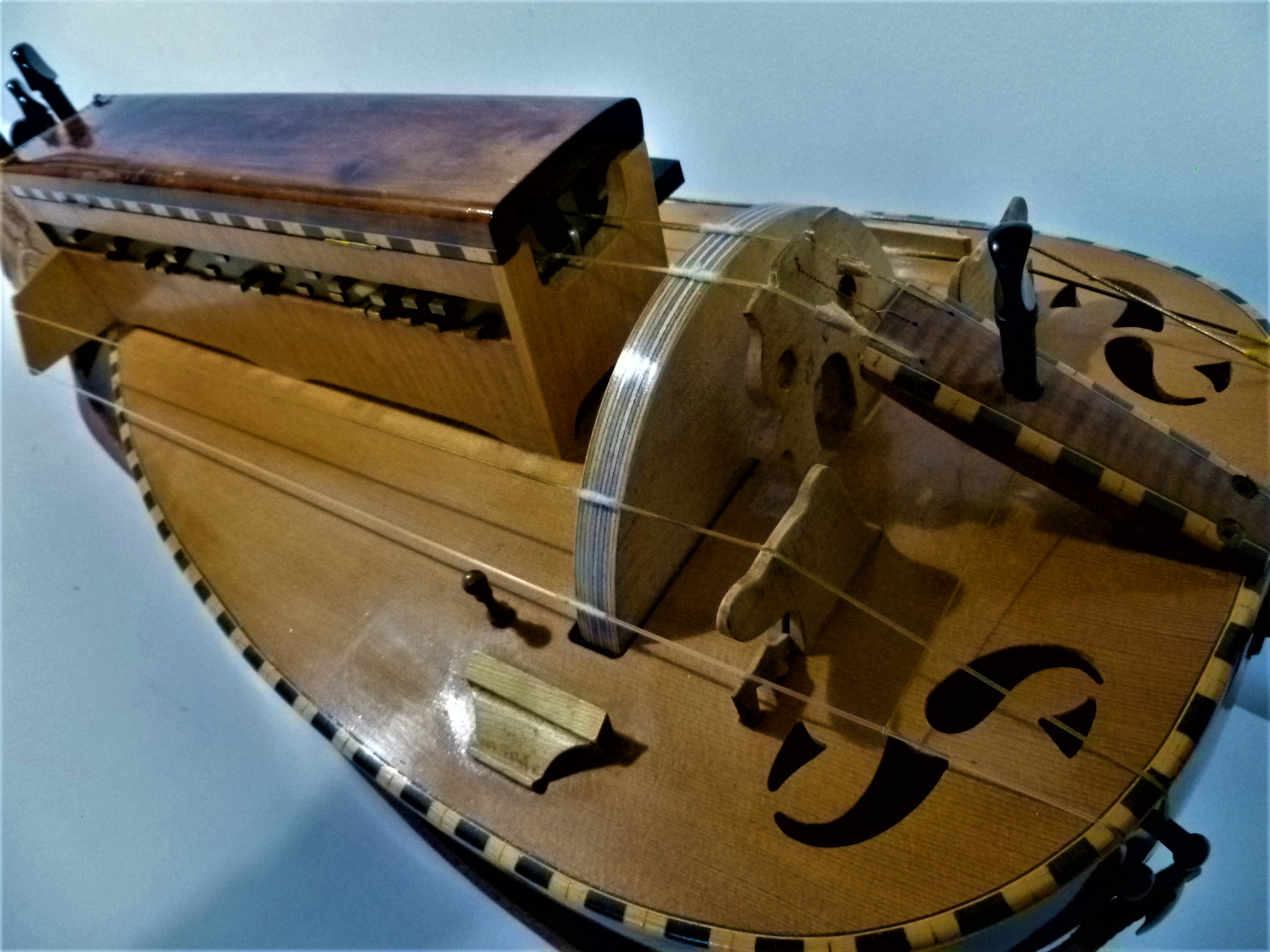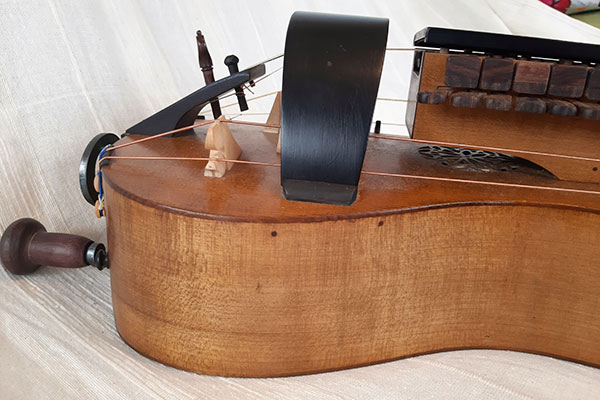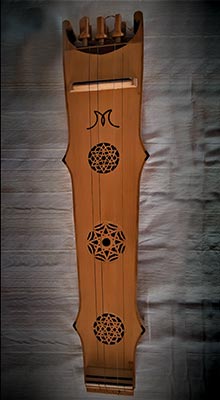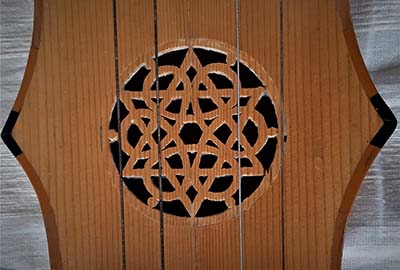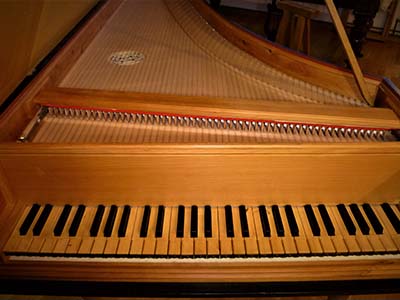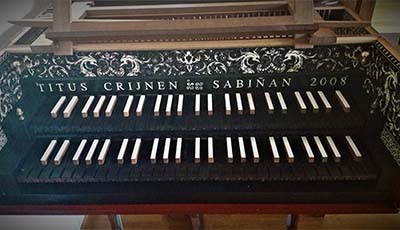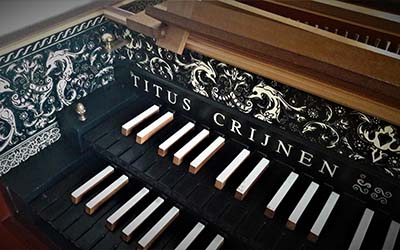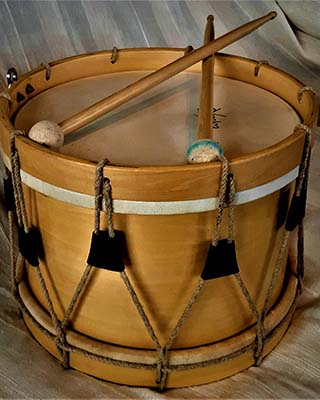Who we are?
L'Incantari is an ensemble dedicated to the study and interpretation of ancient and traditional music, founded in 2010 by Lucía Samitier and Arturo Palomares.
They begin their musical studies at the music schools of Tamarite de Litera and Binéfar (Huesca) and later move to Barcelona, where they develop their studies at the Escola d'Arts Musicals Luthier, the Superior Conservatory of Music of Barcelona and the Conservatory of Badalona . Likewise, they graduate respectively in Musical Teaching and Art History at the University of Barcelona.
They perfect their technique in classical singing with teachers such as Gudrun Bruna, Josep Benet, Carlos Chausson or Francesca Roig.
Han recibido clases de interpretación en el ámbito de la música antigua por parte de Emma Kirkby, Guillemette Laurens y Marta Almajano, semiología gregoriana con F. Javier Lara, polifonía medieval con Karin Paulsmeier y Paloma Gutiérrez del Arroyo, música modal con Ross Daly en Creta, y canto antiguo romano y canto mozárabe con Marcel Pérès en la Seu d’Ègara y en la abadía de Liège (Bélgica).
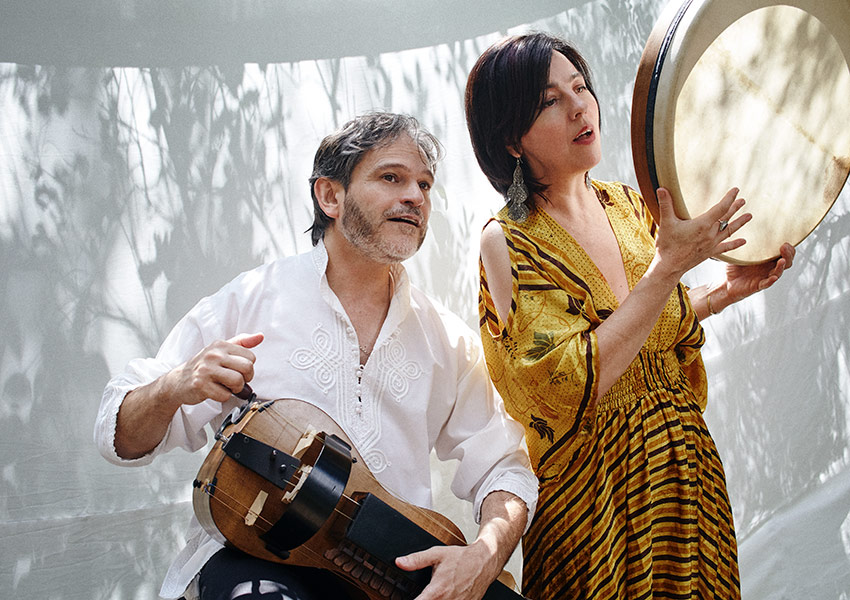
They have performed concerts throughout the Iberian Peninsula, with a repertoire that ranges from troubadour music, liturgical monody, primitive polyphonies, oriental, traditional and Judeo-Sephardic music to the Renaissance and the Hispanic Baroque.
Its participation in the International Festival of Sephardic Music of the Reales Jardines de Córdoba, the cycle of concerts of the Real Círculo de Labradores in Seville, the program of the Monastery of La Armedilla (Valladolid), the International Festival of Ancient Music of Úbeda, is worth mentioning. the Castells de Catalunya Festival, several concerts at the MNAC (Museu Nacional d'Art de Catalunya), the Sounds of Salt cycle at the Palacio de la Salina in Salamanca, the Medieval Days of Oropesa, Toledo, at the International Festival of the Camino de Santiago en Aragón, the Música i Romànic al Bages cycle, and the Festival de Músiques de la Mediterrània, organized by the Auditori de Barcelona.

They have also made a tour of Chile, organized by the Spanish embassy, have participated in the Summer Kristoporus Festival in Vilnius, in Lithuania, and have performed in Olorón and at the Sainte-Chapelle in Paris, contracted by the Spanish embassy.
En el año 2014 editaron el CD Échate a la mar integrado por música tradicional hispánica y de tradición sefardí con arreglos propios. A finales del año 2020 publicaron el libro-cd Música antigua y tradicional en la comarca de la Litera (Huesca) coeditado con el Centro de Estudios Literanos (CELLIT).
They regularly collaborate in the international project "Awakening European Sleeping Instruments", directed by the musicologist Antoni Madueño, recovering the repertoire and the Romanesque instruments linked to the abbey of Ripoll (Girona).
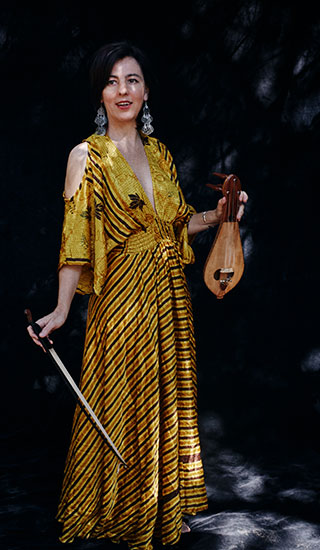
Lucia Samitier
Voice, two-order gothic harp, Celtic harp and politiki lyra (classical kemençe).
Singer, harpist and musical pedagogue originally from the “Franja de Ponent” (Huesca), she has drank from the Catalan-Aragonese tradition, feeling identified and attracted by the immensity of melodies and texts that emanate from Iberian culture in general.
He has studied classical singing with Gudrum Bruna and Francesca Roig and has received a masterclass of interpretation from Guillemette Laurens, Emma Kirkby or Marta Almajano. He has trained in ancient singing with Marcel Pérès and Bulgarian singing with Tsvetanka Varimézova. He has studied musical performance and oriental modes with Ross Daly, Xristos Barbas and Gianis Panagiotopoulos and historical harps with Ariadna Savall.
He has participated in different projects related to medieval, ancient and traditional music such as the Medieval Studies Workshop, dedicated to Gregorian chant, the European project "Awakening sleeping instruments", dedicated to high medieval sacred music or the Pneuma group of ancient music.
He has developed his own style combining the art of ancestral singing with the classical know-how of the Western world, thus being able to show a rich range of technical resources and expressive nuances. The adaptability of her voice and the study of various styles have allowed her to approach the interpretation of historical music from different periods and aesthetics, being especially interested in the Hispanic repertoire where traditional western music is fused with oriental reminiscences, the popular with the classical, modal and tonal music.
Arturo Palomares
Voice, cytol, classical guitar, hurdy-gurdy and percussion.
Multidisciplinary artist, art historian and music manager, he was attracted to music since childhood, especially singing, traditional dances, polyphony and ancient instruments, as well as things related to the performing arts.
Profesor de canto de grado profesional, ha estudiado con maestros como Josep Benet, Carlos Chausson, Jorge Morata o Gudrum Bruna. Su repertorio abarca desde la música medieval a la contemporánea, pasando por la renacentista, barroca, clásica y el genero operístico. Ha participado en diferentes espectáculos y proyectos como la ópera “Selima” de Albert Sardà, dirigida por Pedro Pardo, el espectáculo “Nits d’estiu” del Fórum de les Cultures de Barcelona, dirigido por el desaparecido Joan Grau, “Orfeo” de Monteverdi, dirigido por la Fura dels Baus, “Éxodos” a cargo la Cía. de danza de Iván Góngora, “El barbero de Sevilla de Rossini” (Fiorello) producida por Opera Terrassa, “Sibil·la” con el Ensemble Contratemps dirigido por Lixania Fernández y Jorge Morata, “Despertant instruments adormits” dirigido por Antoni Madueño y la participación en la grabación de las cantigas con el Ensemble Alfonsí dirigido por Jota Martínez.
The study of classical technique together with that of Hispanic musical traditions makes his interpretation have a true, proper and renewed style.
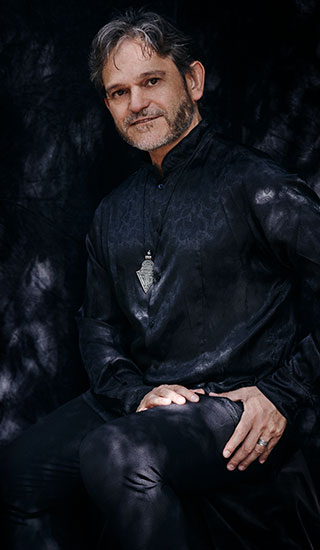
L'Incantari has the collaboration of musicians specialized in the interpretation of historical, classical or traditional music.
Here are some of those who have collaborated and / or continue to collaborate throughout their artistic career:
- Ana Cerezo: fidulas, viola da gamba, choirs.
- Jordi Reguant: clavissímbalum, organetto, hurdy-gurdy, harpsichord.
- Andrés Gil: piano.
- Sergi Llena: Aragonese bagpipe, Ribagorza horn, tarota, chiflo, psalter.
- Efrén López: you, hurdy-gurdy, cytole, psaltery, saz, etc.
- Adriana Alcaide: baroque violin.
- Tomás Almirall: double bass.
- Manu Sesé: Percusiones.

